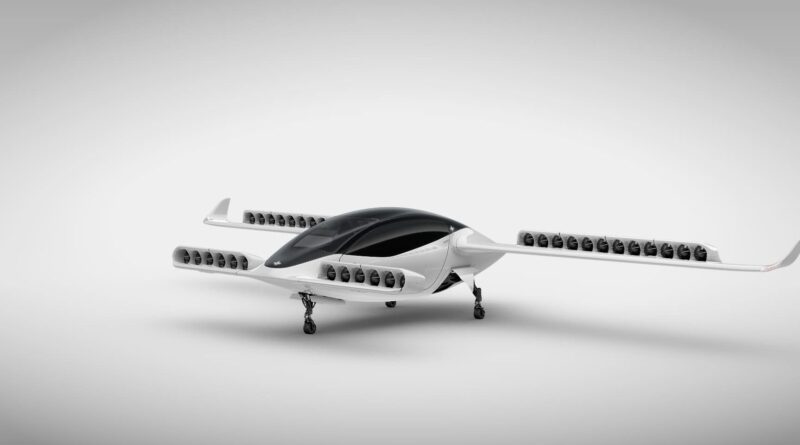Electric flying cars, and ambulances, are here to save the world
What could possibly be more efficient and eco-friendly than electric cars – flying electric cars. And taxis, and ambulances and short-haul Vertical Take Off and Landing regional transports. And they’re coming, soon.
Aussie-born Lauren Zwierlein works for Lillium, a VTOL startup in Munich that’s already flown prototypes of an electric jet for “regional urban air mobility”.
With more than 500 employees from around the world, this company is deadly serious about being able to “change the world” with its strange-looking, hairdryer-like jets, and plans to be in operation by 2025 in Europe.
“And that’s not just one jet doing a single shuttle route, but actually having meaningful operations up and running, and yes, that is very soon, but things are happening very fast, both here in Europe and in Florida, where we announced a new launch site just last week,” Zwierlein explains.
A keen environmentalist, she says the exciting thing about Lililum is the macro context. It’s not just a flying car, it could change the world by reducing the footprint of ground-based infrastructure like roads and rail lines, which would allow us to preserve wildlife habitats by flying over them, rather than building on them.
Lilium’s fully electric rechargable jets have a range of 300km and can carry five people, and the goal is to be inter-city rather than intra city (Germans believe people should walk and ride bikes inside cities), so they would connect Munich to Zurich, or potentially Canberra to Sydney.

Because they are VTOL, they can land and take-off on any flat and reasonably small surface. Best of all, Zwierlein says they are even more ecologically sustainable than a Tesla.
“Over medium distances, from an energy use perspective, Lilium jets can be better, because a Tesla has tyres, which create friction with the road, which saps energy,” Zwierlein explains.
“The jet, on the other hand, has wings, which provide lift from the air passing under them, which is why normal passenger jets are so efficient in cruising flight, when they use very little fuel, because the lift created by the wings keep them up in the air.”
While you might expect Australia to be miles behind on this tech, a local company, AMSL Aero has just unveiled what it says are the world’s first electric air ambulances. A prototype was unveiled in Sydney this week as part of a joint venture with the air-rescue charity CareFlight.
The Vertiia is a VTOL design, similar to the Lilium jets, with fixed wings. It has a top speed of 300km/h and a potential range of 250km.

Work is also under way on a hydrogen-fuelled version with a range of up to 800km.
Transport minister Michael McCormack welcomed the prospect of an all-electric aircraft with the ability to access country areas.
“I remember growing up and watching the Jetsons and marvelling at that futuristic technology. It’s right here, right now and it’s happening,” McCormack said.
“What an exciting day to think that we’ve got a what will be a carbon-neutral plane taking off, landing, in sites where there’s a mass casualty or indeed a hospital where somebody’s young, or somebody not so young, needs urgent medical retrieval and in sometimes even country areas, you can’t get to places easily.”




